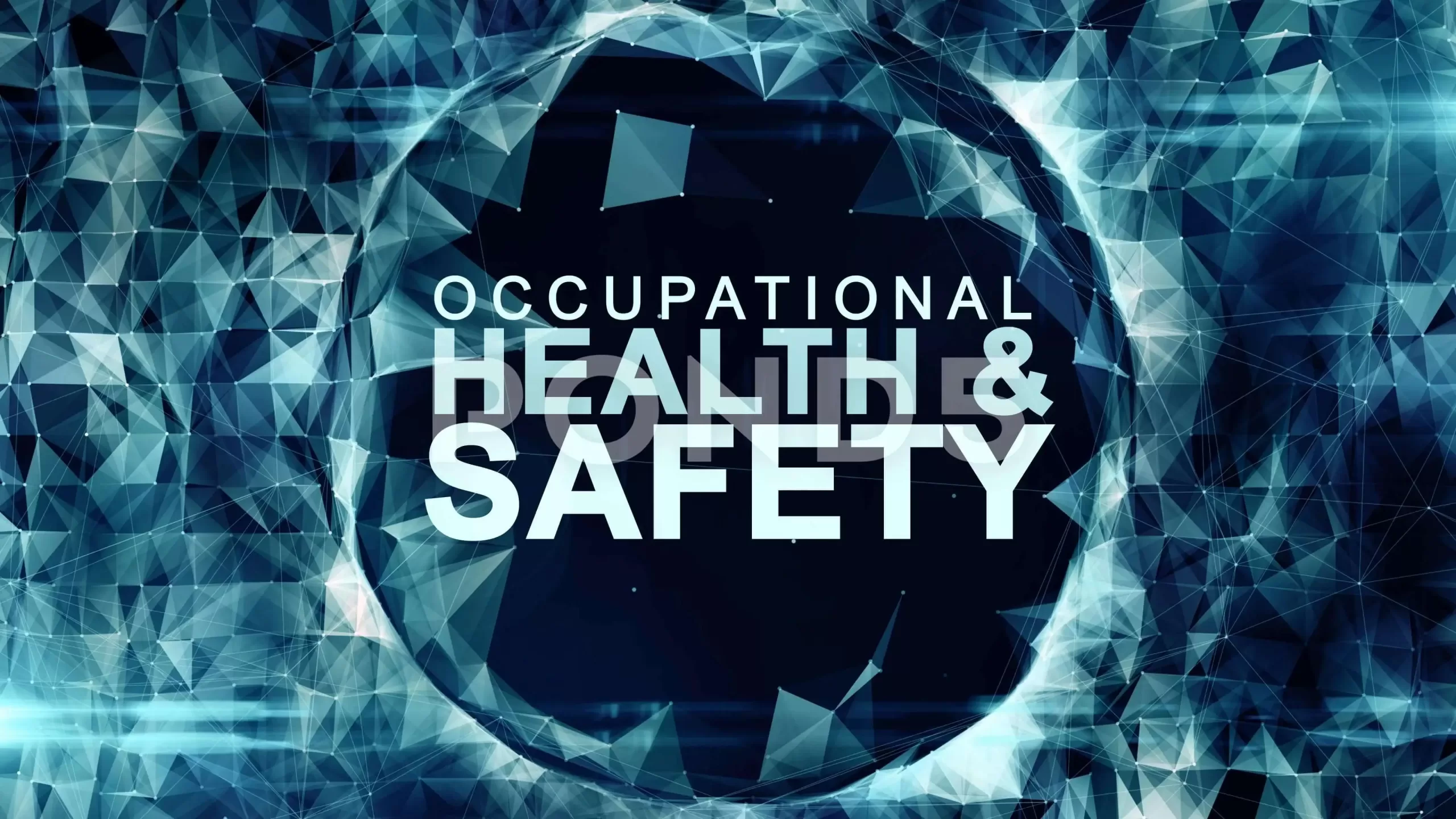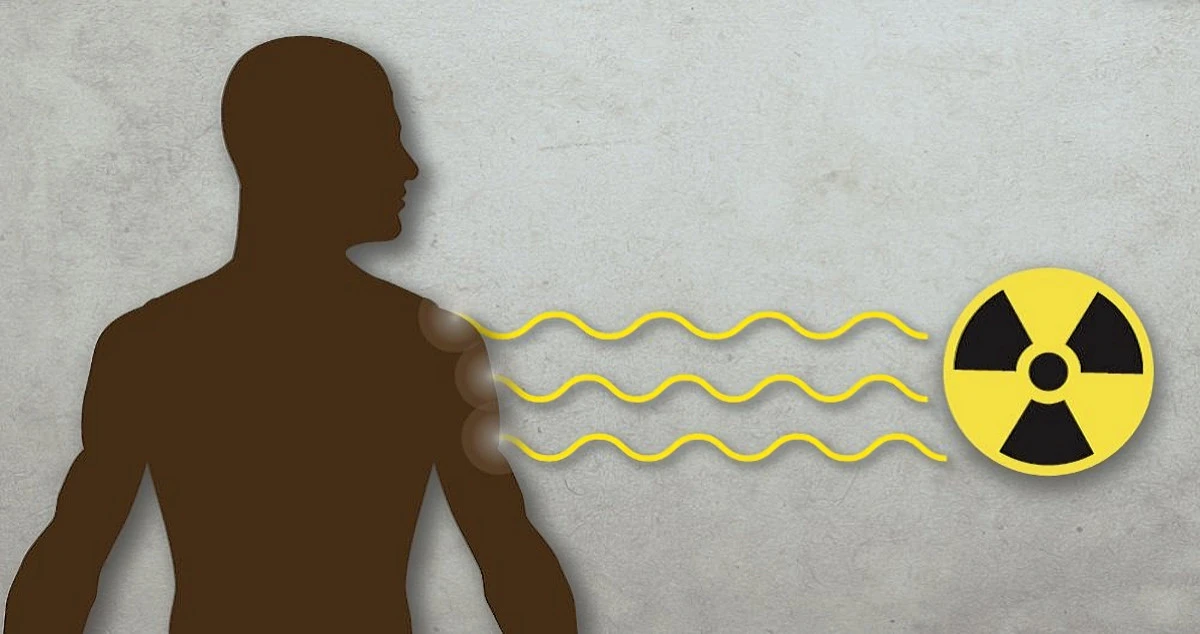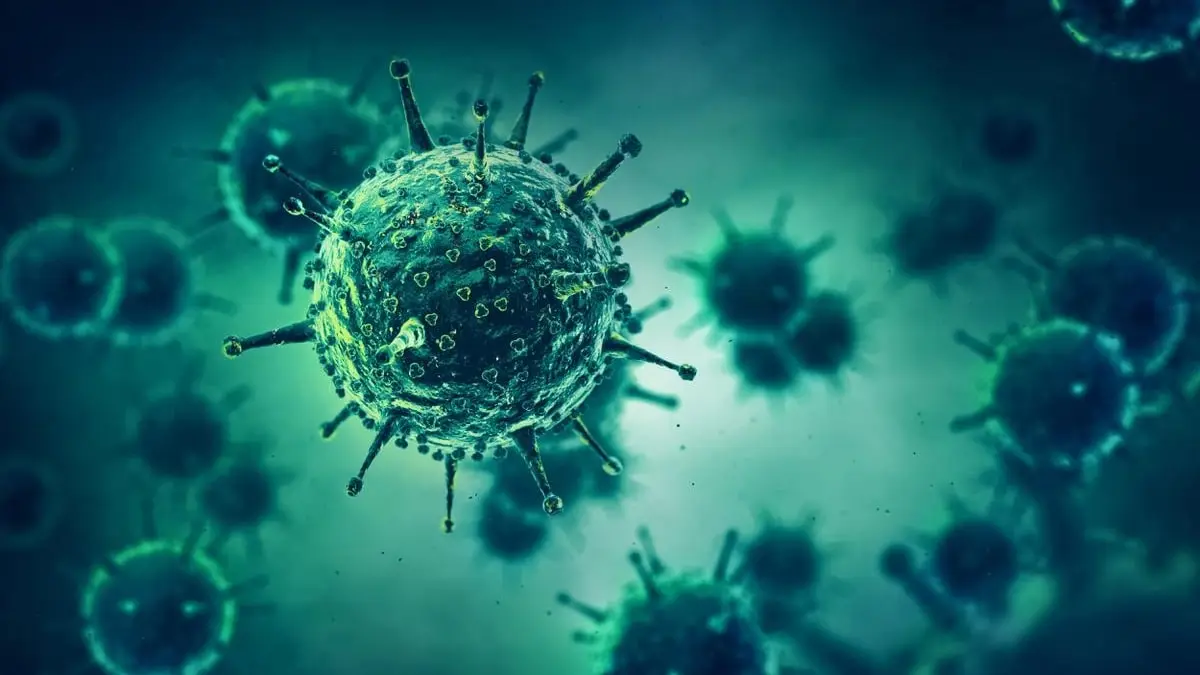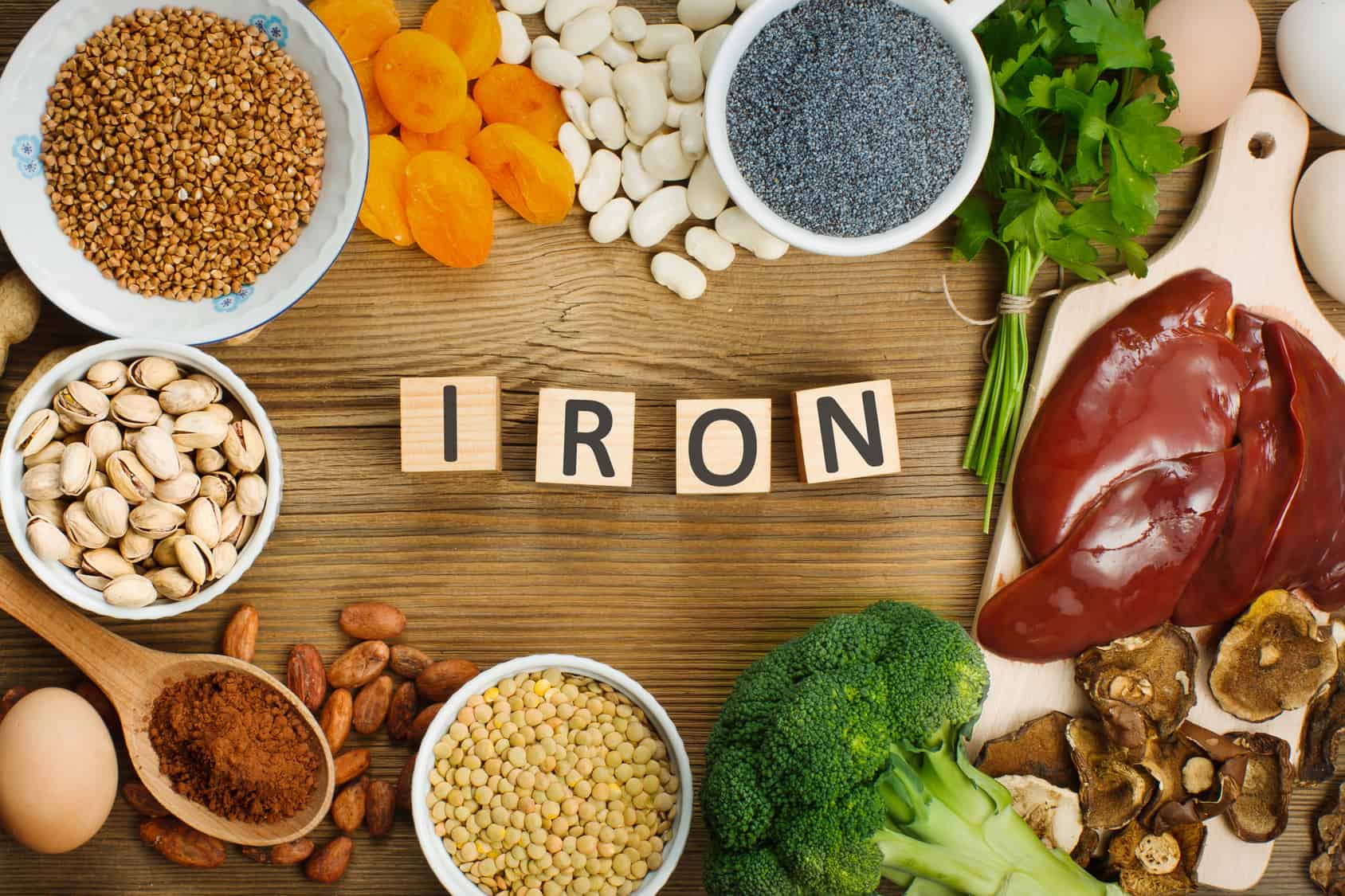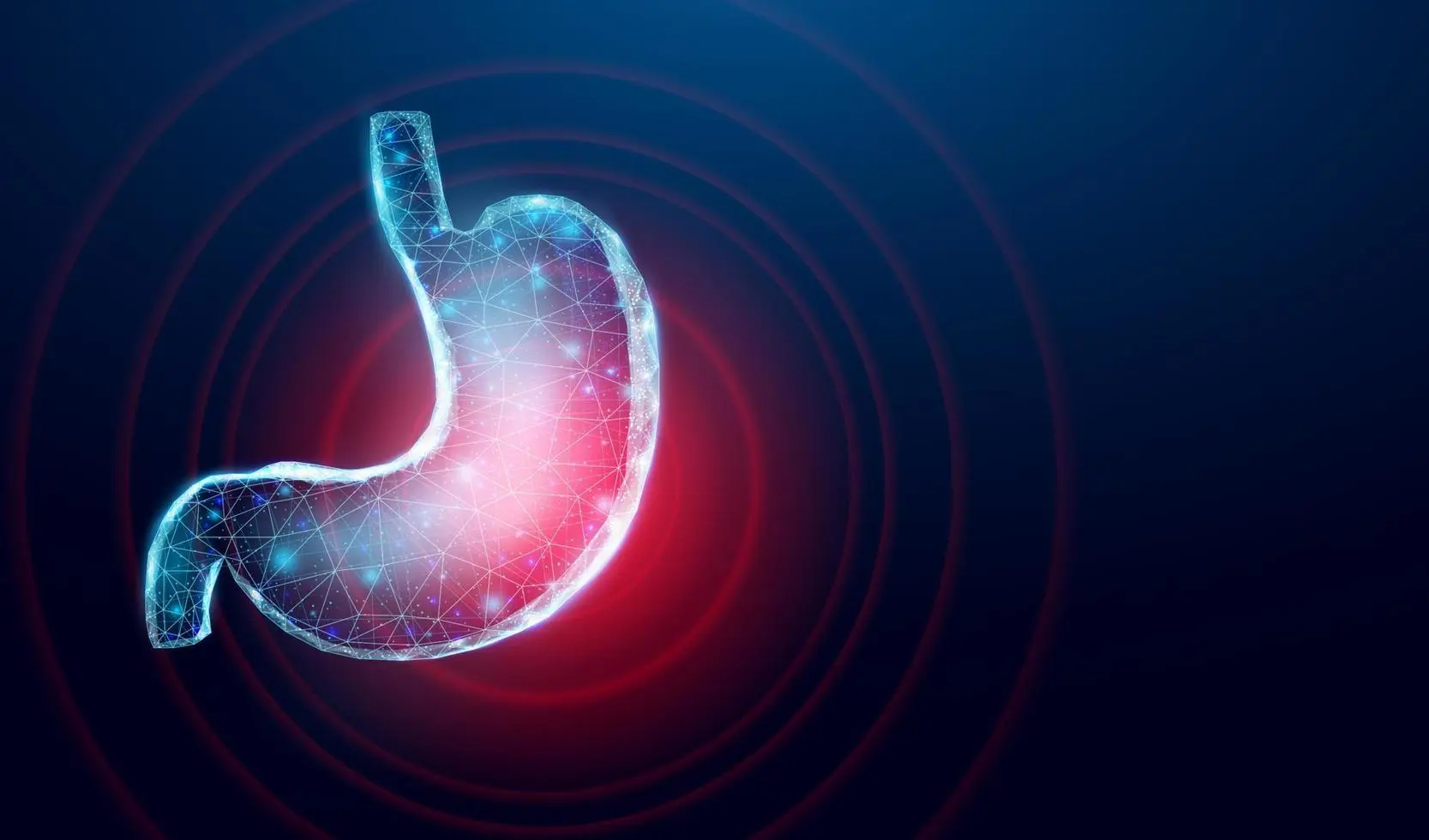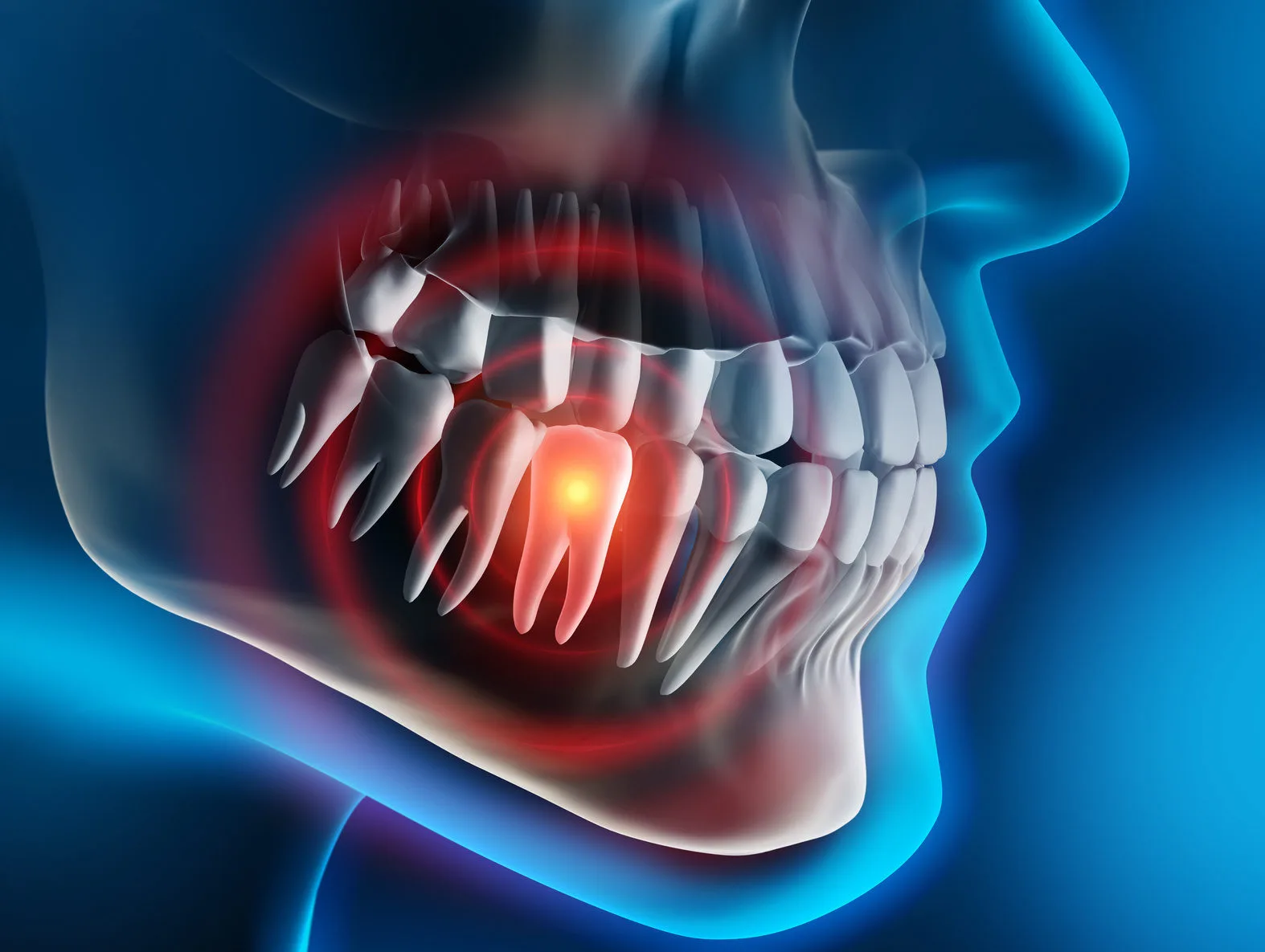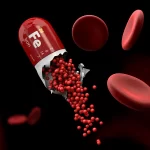Occupational health surveillance refers to any activity in which an employer seeks information about an employee's health in relation to their work activities and occupational...
Association Between Iron Deficiency Anemia and Anxiety
Introduction
Iron is necessary for a number of enzymes involved in neurotransmitter synthesis, including serotonin, dopamine, and norepinephrine, all of which are involved in mood regulation, neuronal activity, and anxiety. We will discuss the association between iron deficiency anemia and anxiety.
Iron deficiency is the most prevalent nutritional deficiency. Iron deficiency anemia affects at least 30% of children, adolescents, and women.
Iron is essential for proper brain morphology, neurochemistry, and bioenergetics and also plays a role in behavioral and mental health.
There is a high risk of psychiatric disorders due to iron deficiency anemia.
Iron Deficiency Anemia and Anxiety Relationship
Iron is involved in many neurological activities, and its deficiency has been linked to anxiety and depressive symptoms, as well as developmental problems.
Iron deficiency anemia is linked to a variety of psychosocial consequences, including the following: –
- Adverse psychomotor function.
- Reduced work capacity.
- Delayed socioemotional development.
- Psychiatric morbidity, including anxiety disorders, depression, bipolar disorders, sleep disorders, and restless legs syndrome (RLS).
Children who are iron deficient have increased anxiety and/or depression with social and attentional issues.
Human studies have linked anxiety-driven behavior to low iron levels. Anemic infants, for example, show increased fearfulness despite receiving iron therapy.
Children (below age 13) with iron deficiency anemia have a higher risk of anxiety disorders, autism spectrum disorder (ASD), attention deficit hyperactivity disorder (ADHD), delayed development, and mental retardation.
After entering adolescence (ages 13 to 18), those with iron deficiency anemia had an increased risk of unipolar depressive disorder, bipolar disorder (BD), anxiety disorder, ADHD, delayed development, and mental retardation.
“Whether in childhood or adolescence, iron deficiency has a significant impact on psychiatric comorbidities.”
Furthermore, iron deletion in childhood has both immediate and chronic effects on brain development.
Children with iron deficiency anemia have an increased risk of delayed development and mental retardation, as well as persistent sequelae of cognitive impairment and emotional problems during adolescence.
People with psychological disorders appear to have a lower iron status; for example, serum iron levels in schizophrenics are lower than in normal people.
People suffering from major depression have lower hematocrit and serum transferrin levels.
Summary
Iron is necessary for a number of enzymes involved in neurotransmitter synthesis, including serotonin, dopamine, and norepinephrine, all of which are involved in mood regulation, neuronal activity, and anxiety. We will discuss the association between iron deficiency anemia and anxiety.
Iron deficiency is the most prevalent nutritional deficiency. Iron deficiency anemia affects at least 30% of children, adolescents, and women.
Iron plays a role in behavioral and mental health and its deficiency causes developmental delays in young children.
Iron deficiency anemia is linked to a variety of psychosocial consequences.
Children who are iron deficient have increased anxiety and/or depression with social and attentional issues.
Current studies have linked anxiety-driven behavior to low iron levels.
Anemic infants show increased fearfulness despite receiving iron therapy.
Children (below age 13) with iron deficiency anemia have a higher risk of anxiety disorders, autism spectrum disorder (ASD), attention deficit hyperactivity disorder (ADHD), delayed development, and mental retardation.
After entering adolescence (ages 13 to 18), those with iron deficiency anemia had an increased risk of unipolar depressive disorder, bipolar disorder (BD), anxiety disorder, ADHD, delayed development, and mental retardation.
People with psychological disorders appear to have a lower iron status.
How useful was this post?
Click on a star to rate it!
Average rating 0 / 5. Vote count: 0
No votes so far! Be the first to rate this post.
I'm sorry that this post was not useful for you!
Let me improve this post!
Tell me how I can improve this post?
References
- Kim, J., & Wessling-Resnick, M. (2014, November). Iron and mechanisms of emotional behavior. Retrieved April 27, 2021, from PubMed
- Chen, M., Su, T., Chen, Y., Hsu, J., Huang, K., Chang, W., . . . Bai, Y. (2013, June 4). Association between psychiatric disorders and iron deficiency anemia among children and adolescents: A nationwide population-based study. Retrieved April 27, 2021, from PubMed
Psychiatric disorders risk in patients with iron deficiency anemia and association with iron supplementation medication: a nationalwide database analysis. Retrieved January 1, 2023, from ResearchGate
Chemical hazards are a significant occupational health and safety concern in the workplace. They may harm a worker's health as a result of direct contact...
Occupational health is the science of promoting health and reducing illness as a result of an individual's job relationship. The science of protecting workers' health...
Radiation Dose Limits for Workers, Public and, Pregnant Women
Radiation exposures from radiological procedures represent the largest part of … Radiation dose limits for of any worker must not exceed …
Featured Posts
Recent Posts
Popular Posts
Learn More



